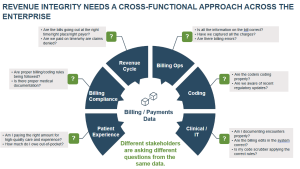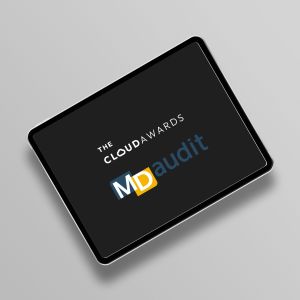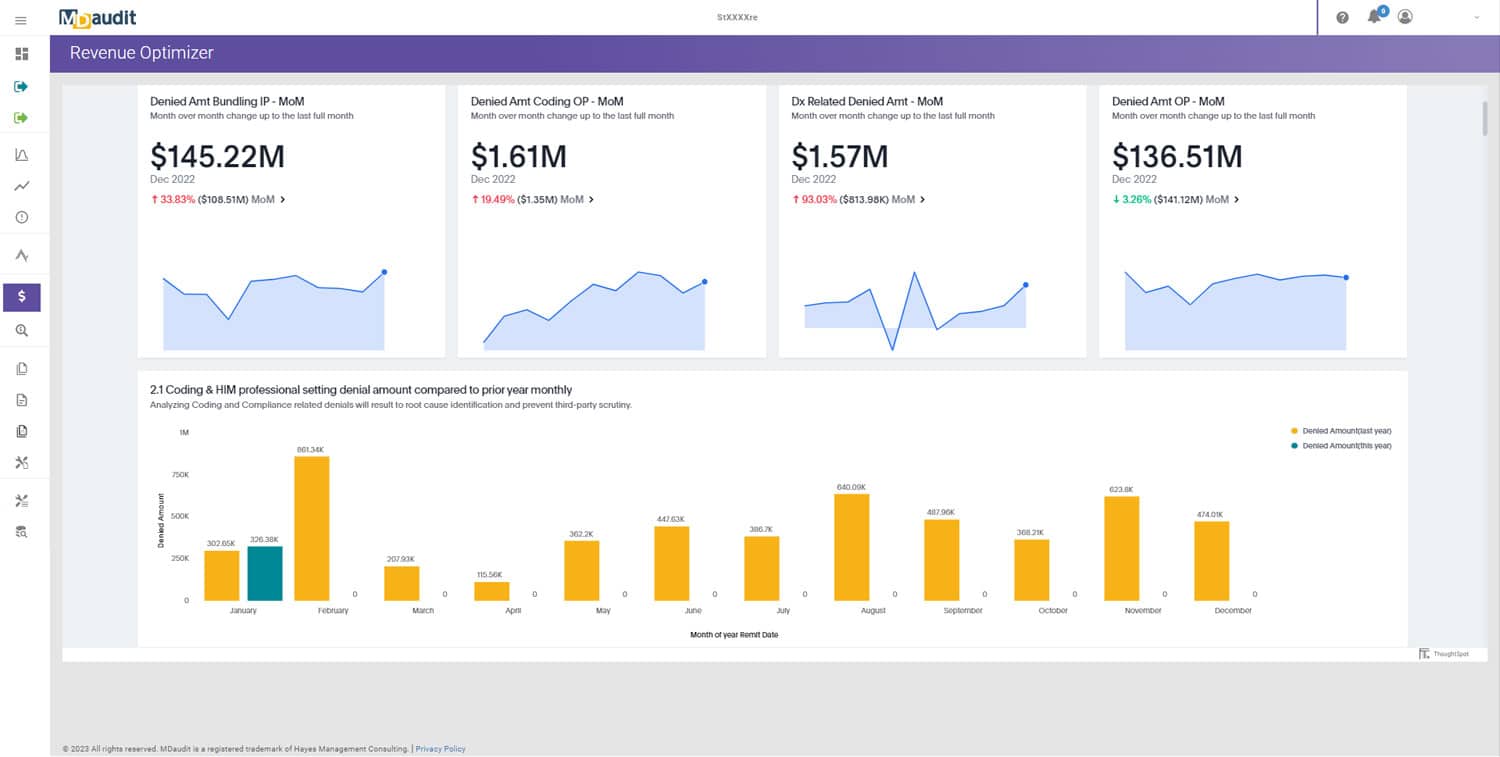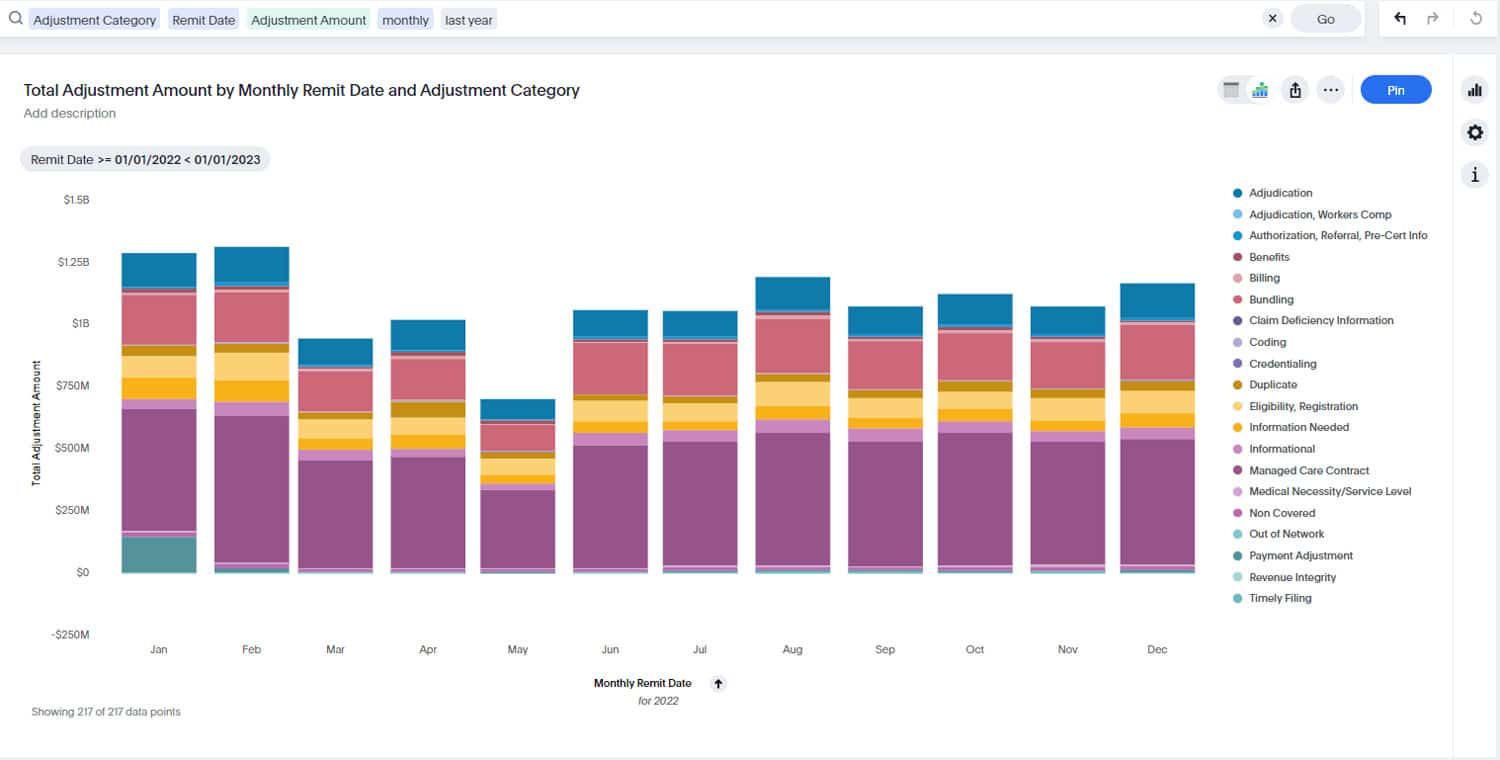Traditional Revenue Integrity Teams are typically comprised around titles and backgrounds (education, expertise), but to be fully functional in today’s dynamics, revenue integrity teams need to incorporate additional components.

These components include a cross-functional revenue cycle management (RCM) approach, with multiple stakeholders sitting at the same table and accessing the same data. Reconciliation is already done when working from the same data from a single source. This allows immediate and dynamic collaboration between billing compliance, coding, etc. Ensure you have the right technology vendor who adequately generates data spanning the entire revenue cycle continuum.
5 Steps to Building a Fully Functional Revenue Integrity Team
- Focus on breaking down silos between RCM stakeholders (hint: with the help of data).
- Prioritize cross-functional meetings where insights and data are shared with all stakeholders and meet on a regular cadence.
- Leverage data to remove bias and inject objectivity into discussions and decision-making.
- Set up clear success metrics. Within the MDaudit community, we’ve seen the following metrics be used successfully to foster cross-functional collaboration:
- Coder review and rebuttal time
- What to hold up on a pre-bill basis
- Central repository to keep track of changes and communicate with all stakeholders
- A streamlined process for corrective action plans (CAPs)
- Understanding payer denials based on payer policy
- Operationalize roundtable insights and use the information from cross-functional meetings to create best practices and drive outcomes.
Ready to learn more about creating a Fully Functional Revenue Integrity Team? Check out this webinar recording to learn more.







